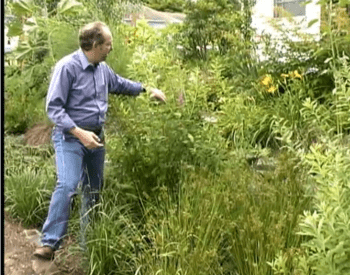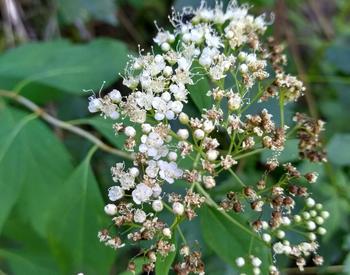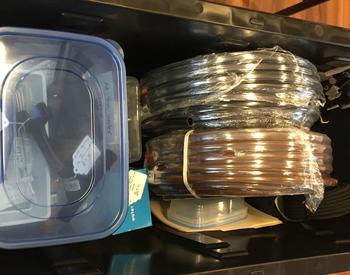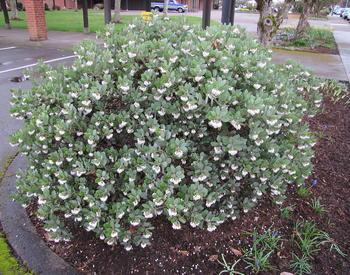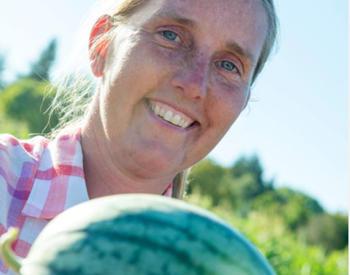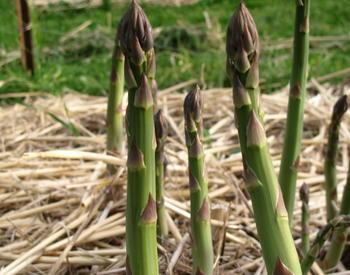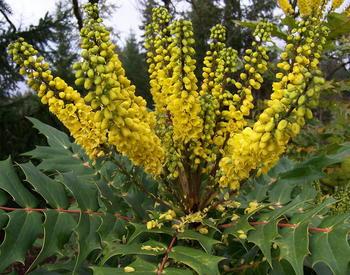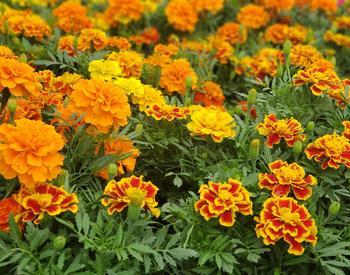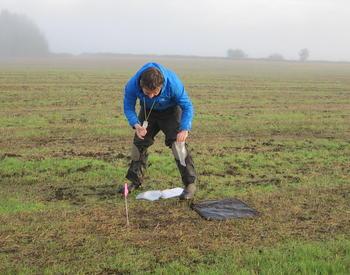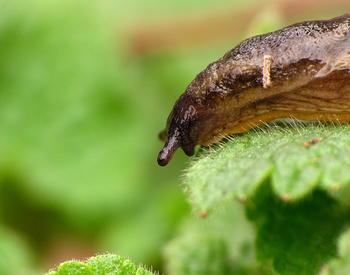Unseasonably warm, sunny days in the winter can get home gardeners thinking about getting seeds in the ground. But unless starting indoors with lights or in a heated greenhouse, it’s too early to start any but the very hardiest of seeds.
Even those seeds that will (eventually) sprout in cooler soils, do so more quickly when soil warms up. Peas, for instance, will sprout when soil temperatures are in the low 40s, but it will take them about a month to do so. If planted when soil temperatures are in the 60s, germination only takes about 10 days. Chilly soils are just one of the reasons experienced gardeners in places like the Klamath Basin have learned to either wait, start seed under protection or purchase plants.
While they wait for outdoor soils to warm to ideal germination temperatures, eager gardeners can examine some of the helpful information found on seed packets (or in catalogs). This information is designed to help us make the best choices for particular gardening situations.
Days to maturity
An important consideration for short-season gardeners is an estimate of how long it takes a crop to mature under appropriate growing conditions. Where growing seasons are short or prone to unpredictable frosts, vegetable varieties with shorter days to maturity are a good choice. DTM can vary considerably from one variety to another: Some beans may mature in 50 days, while limas and some drying beans can take more than 100.
Cultivar
A horticultural contraction for the words “cultivated variety,” a cultivar is a named variety of plant that has distinct, reliable characteristics making it different from other plants of the same species. Often, cultivars tell us a little something about the plant. Loose-leaf lettuces, one of the easiest vegetables to grow, include the cultivars ‘Ruby’, ‘Red Sails’, ‘Oakleaf’ and ‘Green Ice’ — all of which include a reference to the leaf’s color or shape.
If planting zucchini, a gardener could choose ‘Gold Rush’, which has some yellow striping or opt for ‘Black Beauty’ — these plants stay very small and produce dark green zucchini. 'Greyzini' has especially short DTM at 47 days and has alternating dark- and light-green stripes.
Disease resistance
Not every vegetable cultivar has resistance to disease. But when available, resistance is a valuable tool in disease management. Tomatoes, beans and corn often have some disease resistance. For a more detailed explanation of disease resistance in tomatoes, check out the chart here: Garden Guide: Tomato Varieties.
Disease issues are less common in climates like that in the Klamath Basin than in moister summer climates, but in years with wet springs (like 2019), diseases spike. There are numerous tomato varieties resistant to Verticillium wilt, a bacterial disease that was common recently in Klamath gardens. Choosing a resistant variety does not guarantee your plants won’t get the disease but does increase the chances of successful food production.
Hybrids
Hybrids are specific types of cultivars achieved through traditional breeding (not GMO). Hybrids often have higher yields (more fruit) than older varieties and may have disease resistance and other features that make them especially desirable. Hybrids are not, however, good for seed saving. Because they come from a cross of two other varieties, seeds from hybrid plants usually don’t perform well or don’t perform like the plants they were harvested from.
Heirloom/open-pollinated
Older varieties of vegetable plants, usually more than 100 years in production, are considered heirlooms or open-pollinated. These tried-and-true varieties are much better for seed saving and have flavor preferred by some gardening enthusiasts. Often, heirloom varieties don’t ship or refrigerate well and may be uncommon in grocery stores for this reason.
The downside of some heirloom varieties is that they can be susceptible to diseases. In recent years, grafting has helped these disease challenges to some degree: grafting heirloom tomato plants onto disease-resistant rootstock helps keep the tomatoes from getting soil-borne diseases (like Verticillium). Often, heirlooms are associated with exceptional performance in a specific geographic region or growing area.
Understanding these basic seed terms helps gardeners make the choices best for their own gardens, whether the desire is increased production, disease resistance, seed saving or quick maturity. A gardening journal with notes about which cultivars were grown and how they turned out would also be helpful for reference the following year.
Generally, vegetable seeds are categorized into cool-season and warm-season groups based on the spectrum of soil temperatures in which they perform best. Those just absolutely determined to start plants early are likely to have more success with cool-season vegetables.

